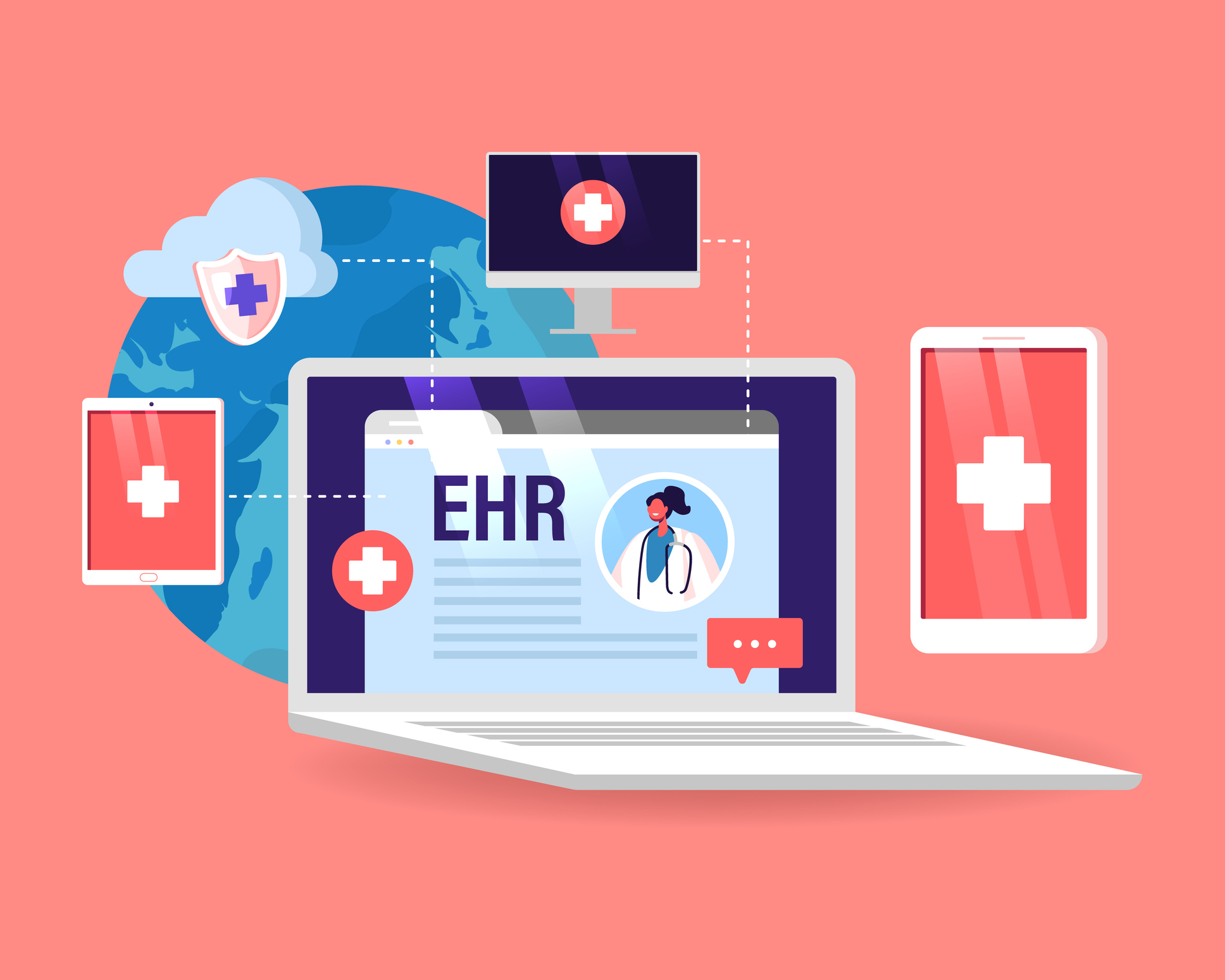
Why Traditional EMRs Are Holding Healthcare Back
Instead of creating new opportunities, traditional EMRs are constraining AI’s potential in healthcare.

Instead of creating new opportunities, traditional EMRs are constraining AI’s potential in healthcare.

A clinically led, cross-functional team approach is essential during medical device integration projects to close data gaps, overcome common project pitfalls, complete optimal testing, and ensure proper oversight.

Providers stand to gain a lot by making smart AI and automation decisions, but that value depends on investing in the right places. It may be tempting to plug in a single-point solution to fix an immediate challenge, but a more strategic, long-term approach will unlock greater value.

As AI tools continue to evolve, they promise to empower clinicians and administrators with actionable insights, improve patient outcomes, and create more resilient healthcare systems.

The case for modernization isn’t solely about improving efficiency. It’s about equipping hospitals with the resources necessary to manage risk proactively, respond to negative trends quickly, and prioritize patient safety with high reliability.

As real-time inference overtakes training-centric approaches, a pivotal question emerges: how can the human element remain central in an increasingly autonomous ecosystem?

In a landscape where complexity has long been the norm, the power of one lies not just in unification, but in intelligence and automation.

Simplifying payments isn’t just about transactions; it’s about building better relationships and ensuring financial health through protection, payment choice, scale, and integration.

The right AI model applied to the right problem exponentially enhances our ability to match patients with potentially life saving treatments faster and more effectively. The only “trick” required for truly successful AI integration — in life sciences or any other facet of the healthcare industry — is clarity of purpose.

When systems integrate better, every minute saved by removing roadblocks is a minute given back to clinicians and patient care. It’s time for vendors in this space to treat interoperability as a core business strategy rather than a buzzword or another box to check as they’re going through the motions.

The idea is to harness the power of digital tools and cloud-based systems to create solutions that understand the root cause of healthcare needs, which will ultimately revolutionize care delivery, improve outcomes and reduce costs.

Whether creating a health application or platform-based solutions, the effectiveness of innovation in healthtech relies not only on scientifically backed up technology, but more on consumer-driven design, highlighting the need for precision and efficiency.

Prioritizing integration and accessibility is not just good practice, it's a moral and strategic imperative.

Empire members will gain access to three Mount Sinai Health System care models, which enable patients to opt for in-home care when medically appropriate. The agreement also includes a plan to improve bi-directional data exchange between the provider and payer.

The combined company will retain the Datica name and is headquartered in Minneapolis. Sansoro Health CEO Jeremy Pierotti will take on the chief executive role of the new company and former Datica CEO Travis Good will move to the position of chief technology officer.

The company intends to use the funding, which came from Axioma Ventures, to advance its technology, differentiate product verticals and grow its sales, technology and product teams.